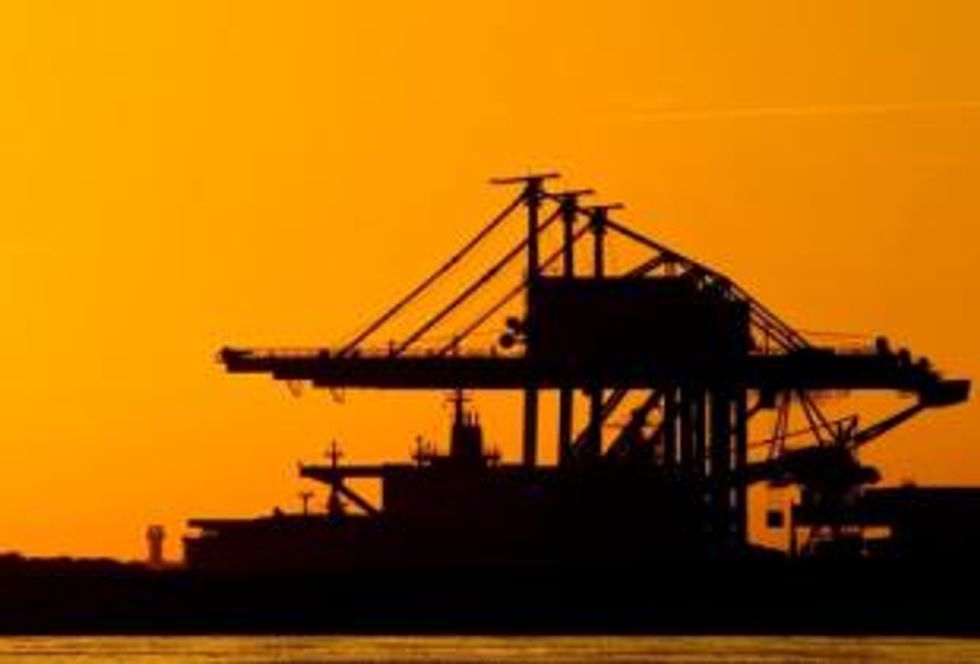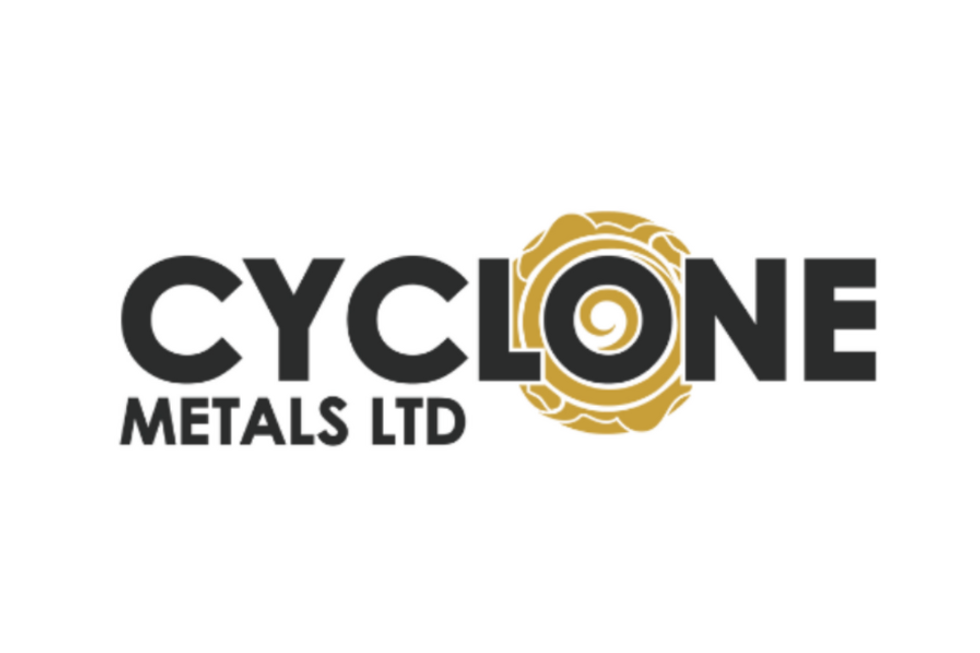The metal’s strong rally in the last three months took many investors by surprise. Can it sustain its momentum?
Prices then rallied to a three-month high of $121.60 in early November in the run up to China’s leadership change. That’s partly because investors expect the new president, Xi Jinping, to make further efforts to stimulate the economy, including raising infrastructure spending. That would boost demand for iron ore, 95 percent of which is used to make steel.
Iron ore has since given back some of those gains. On Tuesday, it held steady at $117.90 after data from China’s National Bureau of Statistics showed that the combined profits of companies in China’s ferrous metals industry plunged 60.3 percent in the first 10 months of the year compared to the same period in 2011. Chinese steelmakers took the hardest hit, with combined profits declining more than 82 percent, to $3.27 billion.
Slower Chinese growth could hold back iron ore demand
The question for investors is where iron ore prices will go from here. Two new reports see iron ore moving lower in the long run, though they disagree on its nearer-term prospects.
Analysts polled by Reuters, for example, see iron ore holding around the $120 level through 2013 before slipping to $119 in 2014 and $115 in 2015. The main reason is a forecast stabilization of China’s growth rate around its current level of 7.4 percent. That’s still very healthy by developed world standards, but it’s down from the double-digit increases seen in 2010 and before the financial crisis.
As a result, analysts are forecasting a 6-percent rise in China’s iron ore imports in 2013, to 774 million metric tons. Again, that’s a significant growth rate, but it’s well below last year’s 10.9 percent increase. Iron ore imports are expected to slow to below 5 percent in 2015.
“China continues a structural shift away from fixed asset investment-led growth, which means steel demand growth will remain below GDP growth rates in the future,” said Ian Roper, a commodities strategist at CLSA.
Mineral-research firm sees lower prices, though a near-term spike could be in the cards
Meanwhile, commodities research firm Roskill, which just released its iron ore market outlook to 2020, sees the potential for another price rise in 2013, before prices tail off as we move toward the end of the decade. That’s due to three key factors: slower Chinese growth, higher iron ore output — which could outstrip demand — and the ongoing crisis in the Eurozone.
“Following the slump in prices from June to September 2012, prices are expected to remain above US$120/t for 63.5% Fe content Indian fines until the end of 2014, while a restocking phase may push prices towards US$135/t during 2013, although large fluctuations are not unlikely,” notes the report.
“As new capacity comes on-stream, the industry’s price floor will gradually drop, and it appears likely that the US$100/t price level will be repeatedly tested and eventually broken towards 2015. In the baseline scenario for the iron ore industry, prices may trend towards US$85 to US$95/t during 2016 to 2020.”
Majors’ profit margins still look healthy
Roskill also spotlighted two other trends that will likely gain steam in the coming years: a further concentration of the industry in the hands of major producers and challenges for smaller companies, who may struggle to finance their projects. As well, higher-cost producers, particularly those in China, may find themselves unable to compete.
Vale (NYSE:VALE), BHP Billiton (NYSE:BHP) and Rio Tinto (NYSE:RIO) are the world’s three largest iron ore producers. Their production costs range between $40 and $50 per metric ton, so their profit margins should remain healthy, even if prices dip.
“Today’s price of around $120 a tonne is still a spectacular price for iron ore,” said BHP executive Alberto Calderon in a recent article in The Australian. “Chinese growth will slow, but we see good and profitable prices for many years to come.”
However, rising costs remain a concern across the industry, even for big producers like BHP, which is paying more to build and operate its mines in Australia’s Pilbara region. “Truck drivers cost $75,000 a year in the US but $125,000 in the Pilbara,” said Calderon.
Big production increases ahead
All three major iron ore producers plan to boost production in the coming years. In its latest quarter, BHP produced 39.7 million MT or iron ore, up 1 percent from a year ago. The company is standing by its forecast of a 5 percent production increase in its 2013 fiscal year.
Rio Tinto also recently said that its plan to increase production at its Australian business to 283 million MT in 2013 and 353 million MT in 2015 remains “on track.” And Vale, the world’s leading producer, recently received a permit to expand the capacity of a railroad that carries iron ore from its Carajás deposit, which is the world’s largest, to 230 million MT a year from the current 130 million MT.
However, not everyone is boosting output. Cliffs Natural Resources (NYSE:CLF), the largest producer of iron ore pellets in the US, recently announced that it is delaying an expansion at its Bloom Lake mine in Quebec and lowering production at two other mines in the US.
“Disciplined capital allocation is core to our operating strategy, and reducing higher cost production will enhance our financial flexibility in both the short and longer term,” said Cliffs’ chairman and CEO, Joseph Carraba, in a press release.
Securities Disclosure: I, Chad Fraser, hold no positions in any of the companies mentioned in this article.

